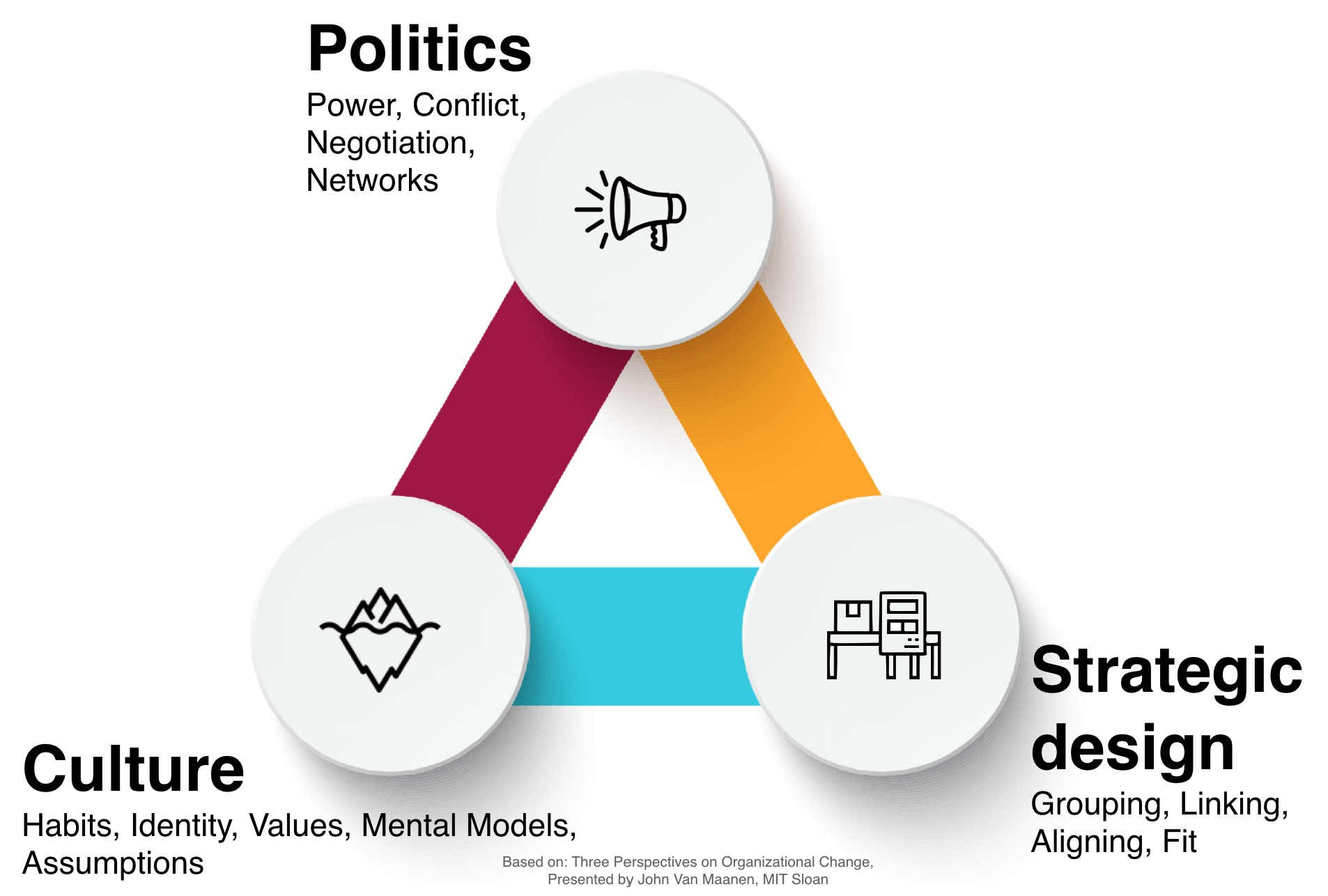The ultimate goal of training is to generate change. However, honestly, how many of the trainings that you have taken deliver such change?
Look at your mobile phone. If it is a recent model, you have a supercomputer that just several ago was accessible only to the military and the NASA.
The capabilities of technology that you and your company use has grown amazingly. Intel CEO Brian Krzanich explained that if a 1971 VW Beetle has improved with the speed of technology (known as the Moore’s Law), this is what the VW will be like:

Not all industries and products have been transformed with the speed of technological change, however. Take a look at corporate training – the technology we employ to build human capacity.
All companies do training. Everybody has corporate universities, leadership development programs, and e-learning management systems.
Training is not getting more efficient nor cheaper. Some studies point that only 10% of training delivers results (Harvard Business School). Imagine 90% of training budgets going to waste!
After working for more than 15 years in the professional development industry, I have narrowed the reasons for failure to the three most common.
Why does training fail?
Hint: it is not because of poor content
1. Training is done in isolation, with a focus solely on the individual.
A common assumption is that if individual behaviors change, organizational behavior will change too. People not cooperating enough? Let’s teach them the knowledge, skills, and attitudes for being a good team member.
This puts much pressure on the learner as the only responsible for poor performance. However, in some roles variety of different other factors and have an even more significant impact – competitive landscape, the processes, systems, politics, and on top of it – the culture.
 An example from practice: A manager in a large pharmaceutical company decided to close a training day by spending more than half an hour blaming participant personally for poor company results. The twist? This was training done as an award for the company’s top performers.
An example from practice: A manager in a large pharmaceutical company decided to close a training day by spending more than half an hour blaming participant personally for poor company results. The twist? This was training done as an award for the company’s top performers.
Another example: A very senior newly assigned leader from a leading bank met very high resistance from the team. We were hired to do an offsite with the objective to teach the participants on teamwork skills. The session started as we expected – people were not involved in the beginning, everybody was serious. Until the leader had to leave the meeting for “more important thing.” Then suddenly everything changed – people started to laugh, they looked more relaxed and opened for learning.
2. Lack of support from management
If you are an exception – congratulations! However, let’s face it. Not all HR department are in good standing with the rest of top management. Apart from senior management, direct bosses can also oppose and derail a training initiative. Some of the reasons are:
- They are not actively involved in the effort or don’t understand it
- They are afraid a key talent is taken away from core activities during learning sessions
- They can even feel threatened by the improving capabilities of their subordinates
Want to boost your credibility and gain more support from top management?
Even if you cannot always measure the exact ROI of training during to different limitations (budget, time, no control group available.), still try to answer one or few of the following questions: How is this training leading to:
- Growth in revenue
- Improvement in customer service
- Saved expenses
- Fewer errors and product waste
- Higher quality
- Fewer accidents
- Improved cash flow
- Better utilization of assets
An example from practice: A CEO of one of a major airline is known to state frequently during meetings that he is against all “HR stuff.
Additional example. The HR Director of a large research organization conducted an innovation day for the whole regional office (200+ participants). People seemed to enjoy the session and learn a lot. At the end of the day the country’s CEO, who was sitting quietly, asked to close the session. His speech was short but devastating and revealed an ongoing conflict between him and the HR Director. He said that all this time has been wasted, that everyone should be focused on working hard instead of spending time on unrealistic ideas, and so on.
3. Training is not linked with the strategic objective of the company or the department
We can detect an early warning sign in a project if our customer struggles to explain how this project aligns with the company strategy and competitive forces. Above are some key questions that can help you shape better the objectives of the learning intervention.
- How is technology change shaping the company?
- How are customer requirements changing?
- What is the demographic shift of employees and critical talent challenges?
- Is the company growing aggressively or faces revenue uncertainty?
- Are you in the middle of a merger or major change process and what is the impact of it?
- Had your business model changed recently?
If participants understand the relevance for the business and themselves personally, they will be more likely to engage in learning.
What happens if the link between priorities and training is lacking? Participants most likely will struggle to establish essential action items and will not be able to immediately apply what they learned, which will make all the initiative not productive at least.
An example from practice: This is a complex one and includes all three failures as mentioned earlier factors. An innovation initiative was conducted for the sales force of a leading cosmetics company. For a day salespeople had to work on improving products or design new solutions. The twist? There were no other departments present during the sessions. Moreover, people were told that what happened during the course stays in the room and never to share the ideas they generated with anybody. The reasons? A key senior executive had left the company recently and joined the competition. The ultimate goal of training is to generate change. However, honestly, how many of the trainings that you have taken deliver such change?. So on top of everything, there was a widespread fear that “somebody else” could leak important information to the competitors.
What has been your experience?
